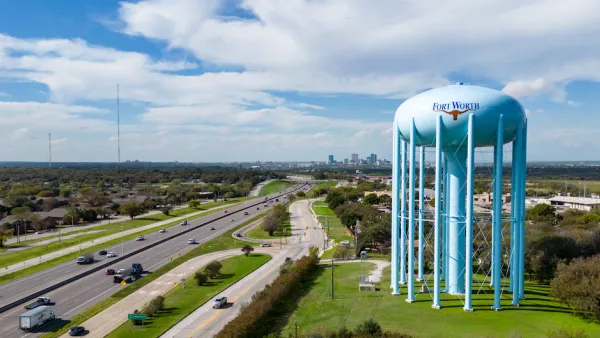Amid concerns about lackluster growth, Oregon's Clackamas County plans to create 10,000 new family wage jobs by 2019. But the county lacks the zoned land it needs to accomplish its goals.

To the east of Portland along the Washington border, Clackamas County will need "39,800 to 51,600 jobs over the next 20-year planning period, translating into a needed 1,649 to 2,728 acres of non-retail employment land." Defined as land capable of housing businesses and jobs, employment land is in short supply while the total count of jobless residents stands at 21,000.
The root of the problem lies with hesitancy to transition properties to a "market-ready" state, free from environmental constraints and with access to necessary transportation infrastructure. Municipalities like Damascus, along the Portland Metro area urban growth boundary, have been slow or reluctant to pass the comprehensive plans needed to permit industrial zoning and economic development.
"Counties need to consider their individual land supplies, not just to look at the region as a whole, [county strategic policy administrator Dan] Chandler said. Assessed value and added jobs help pay for services the county provides."
FULL STORY: Clackamas County hundreds of acres short on employment land, reports consultant

National Parks Layoffs Will Cause Communities to Lose Billions
Thousands of essential park workers were laid off this week, just before the busy spring break season.

Retro-silient?: America’s First “Eco-burb,” The Woodlands Turns 50
A master-planned community north of Houston offers lessons on green infrastructure and resilient design, but falls short of its founder’s lofty affordability and walkability goals.

Delivering for America Plan Will Downgrade Mail Service in at Least 49.5 Percent of Zip Codes
Republican and Democrat lawmakers criticize the plan for its disproportionate negative impact on rural communities.

Test News Post 1
This is a summary

Test News Headline 46
Test for the image on the front page.

Balancing Bombs and Butterflies: How the National Guard Protects a Rare Species
The National Guard at Fort Indiantown Gap uses GIS technology and land management strategies to balance military training with conservation efforts, ensuring the survival of the rare eastern regal fritillary butterfly.
Urban Design for Planners 1: Software Tools
This six-course series explores essential urban design concepts using open source software and equips planners with the tools they need to participate fully in the urban design process.
Planning for Universal Design
Learn the tools for implementing Universal Design in planning regulations.
EMC Planning Group, Inc.
Planetizen
Planetizen
Mpact (formerly Rail~Volution)
Great Falls Development Authority, Inc.
HUDs Office of Policy Development and Research
NYU Wagner Graduate School of Public Service





























